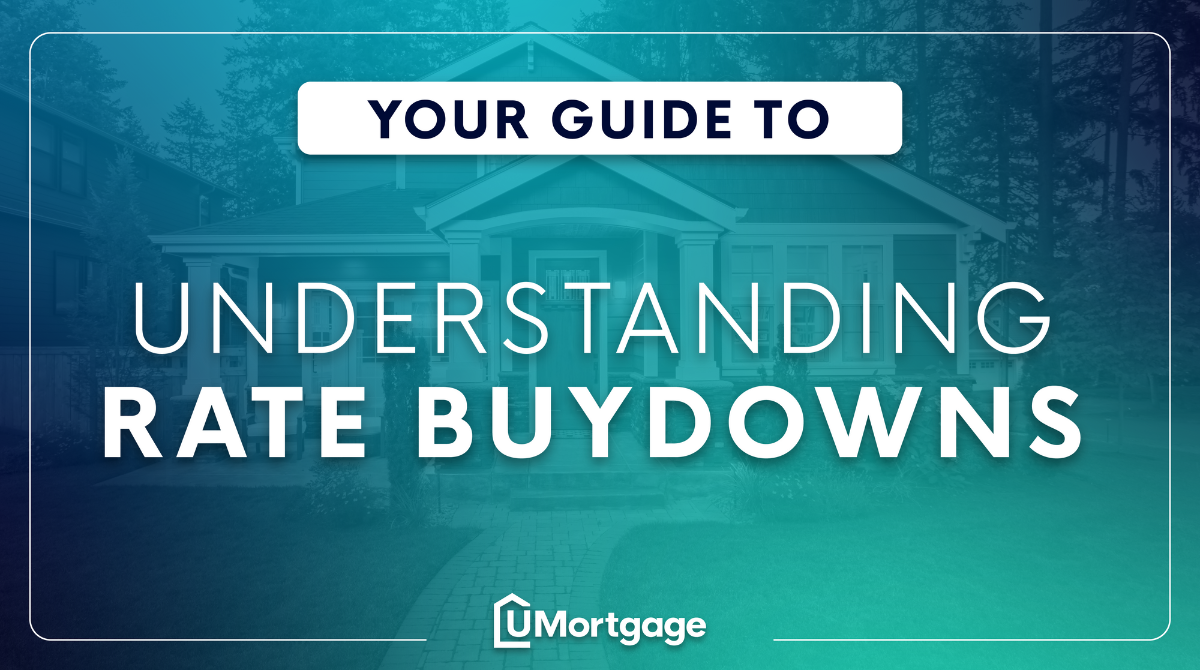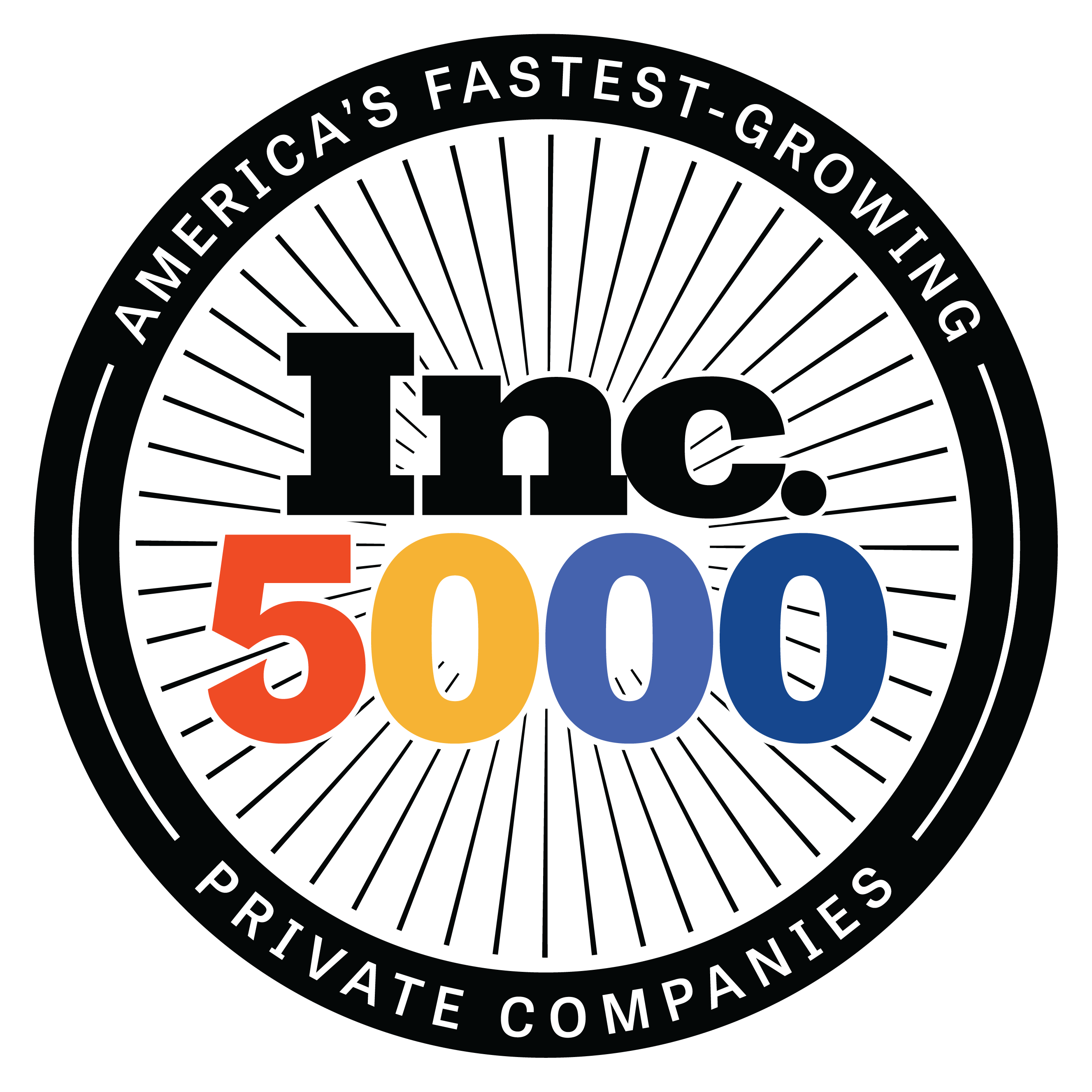Understanding the Basics of Mortgage Rate Buydowns
Published: April 30, 2024

Understanding the Basics of Mortgage Rate Buydowns
Plenty of homeowners find themselves waiting for mortgage rates to drop before hitting the housing market. While there’s much more that goes into homeownership preparedness than a low mortgage rate, there are multiple ways to lower your rate without having to rely on market movements.
Between temporary and permanent rate buydowns, you can lower your monthly mortgage payment by lowering your interest rate either temporarily or permanently. Although they sound similar, there are plenty of differences between the two types of rate buydowns and several factors that might make one better for specific homebuyers than another.
Below, we’ll outline the benefits and major differences between rate buydowns to help you understand what might be best for your unique circumstances.
Permanent Rate Buydowns
Permanent rate buydowns are a strategy where homebuyers pay additional upfront fees (commonly referred to as points) to their lender in exchange for a reduced interest rate over the entire term of the loan.
Unlike temporary rate buydowns, which only offer reduced rates for a set period, typically at the beginning of the loan, permanent buydowns provide lasting savings by prepaying a portion of the interest upfront.
This investment offers stability and predictability, as borrowers can budget for lower monthly payments over the entire loan term, particularly advantageous in a rising interest rate environment.
Determining whether a permanent mortgage rate buydown is right for you depends on various factors including your financial situation, short and long-term future plans, and market conditions. Homebuyers prioritizing long-term savings and stability, especially if they plan to stay in their home for an extended period, may find permanent buydowns appealing. However, it's essential to weigh the upfront cost against potential long-term savings.
Temporary Rate Buydowns
Temporary rate buydowns allow homebuyers to secure a reduced interest rate for a specified period at the beginning of the loan term. Unlike permanent rate buydowns, temporary buydowns provide short-term relief by lowering initial monthly payments.
While temporary rate buydowns provide immediate relief with reduced initial payments, they return to the original rate after the specified period. Because of this, the interest rate reduction can be particularly beneficial for borrowers with budget constraints, those expecting their income to increase in the future, or those who plan to refinance after a short period.
Temporary rate buydowns can be paid by buyers, but there are certain situations where homebuyers can use seller concessions or specific offers from builders to earn reduced mortgage payments for the first year or first couple years of their loan.
Rate buydowns are a great option for homebuyers looking to reduce their monthly mortgage payment for either a temporary or permanent period. While the two sound similar, they have different costs associated and aren’t always the best option for every buyer. If you have any questions about what kind of rate buydown might be right for you, feel free to reach out for a free consultation!
